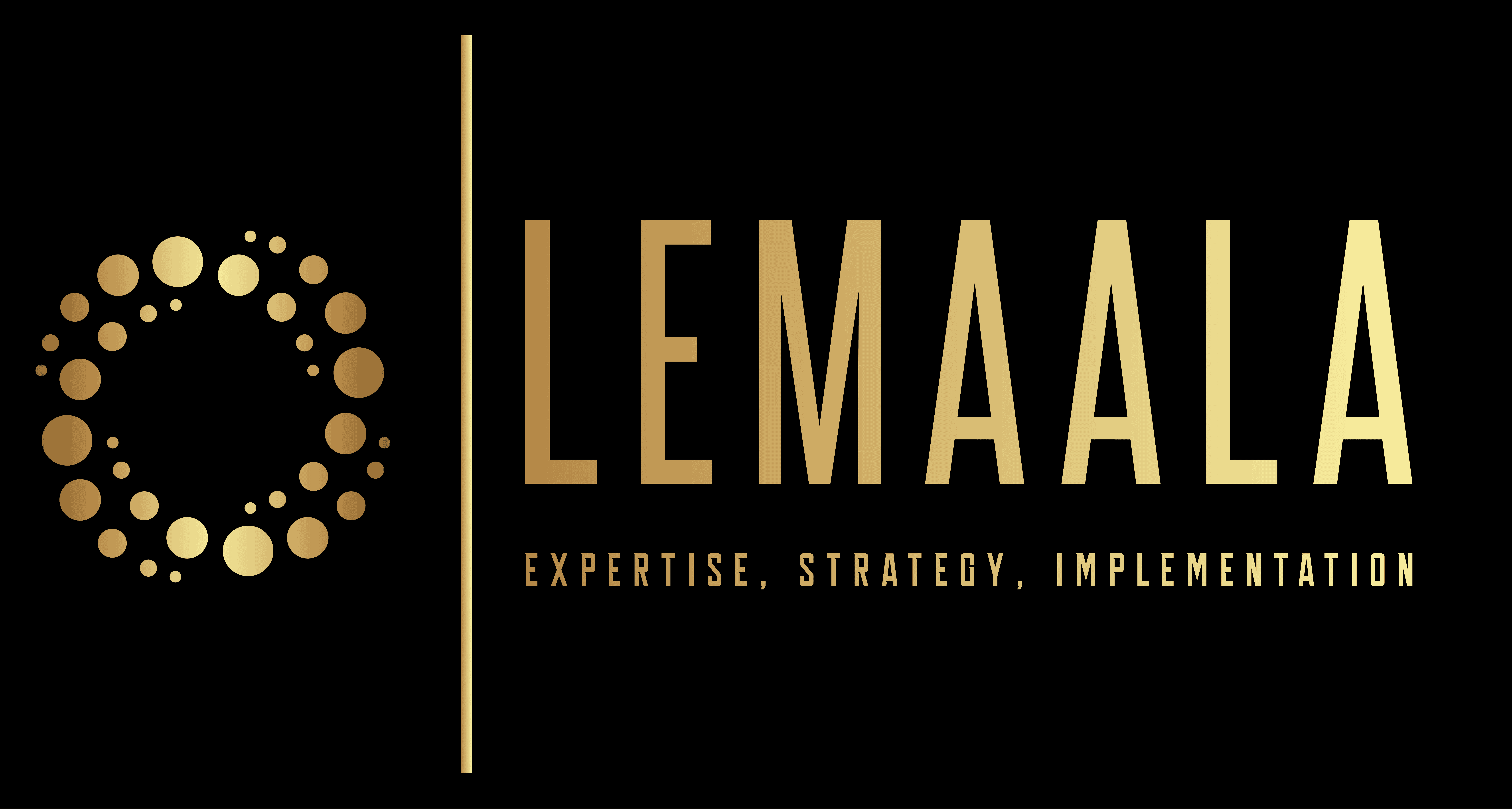Understanding the Impact of Culture on Global Fundraising
Expanding nonprofit fundraising efforts beyond Israel requires more than just translating campaign materials into another language. Cultural differences can significantly impact donor behavior, communication styles, and fundraising success. Understanding and addressing these cultural nuances can help Israeli nonprofits build trust, connect with international donors, and increase fundraising outcomes.
At Lemaala, we specialize in helping Israeli nonprofit organizations successfully enter and thrive in international markets. We provide not only the expertise and strategy but also the execution needed to turn opportunities into tangible outcomes. Our hands-on approach ensures that every plan is implemented effectively, driving long-term, sustainable growth and expanding global impact.
Common Cultural Barriers in International Fundraising
1. Philanthropic Traditions and Giving Habits
Each country has unique charitable traditions that shape donor expectations. For example:
-
- In the U.S., individual giving is the dominant fundraising source, and donors expect personal engagement.
- In Europe, corporate and government funding play a more significant role, requiring a focus on grant applications and partnerships.
- In the UK, donors highly value transparency and impact reports, making accountability a key concern.
Understanding these differences allows nonprofits to tailor their fundraising strategies to align with donor expectations in each region.
2. Communication Styles and Messaging
The way people communicate and respond to fundraising appeals varies across cultures. Some important factors to consider include:
- Direct vs. Indirect Communication: In Western cultures like the U.S. and Germany, direct messaging with clear calls to action tends to perform well. In contrast, countries like Japan or the UAE may prefer a more relationship-driven, subtle approach.
- Emotional vs. Logical Appeals: Some cultures, such as Latin American and Mediterranean countries, respond well to emotionally compelling storytelling. Others, such as Scandinavian countries, may be more influenced by data, transparency, and measurable impact.
- Religious and Cultural Sensitivities: Certain fundraising campaigns may need adjustments to align with religious customs, holidays, or societal norms in different regions.
3. Trust and Relationship Building
Trust plays a crucial role in international fundraising. Many cultures prefer to establish strong personal relationships before making a financial commitment. Some ways to build trust include:
- Partnering with local organizations or influencers who can act as bridges to new donor communities.
- Providing clear, transparent reports on how donations are used.
- Hosting in-person or virtual meetings to create personal connections with donors.
Strategies for Overcoming Cultural Barriers
1. Conduct Market Research and Cultural Analysis
Before launching a fundraising campaign in a new country, conduct research on:
- Local philanthropic trends and preferred giving channels
- Cultural values related to charity and social responsibility
- Preferred forms of communication and donor engagement
2. Tailor Fundraising Messages for Each Audience
Customizing content to align with cultural expectations increases engagement and conversions. Best practices include:
- Using local case studies and testimonials to create relatability
- Adapting website and campaign materials to reflect cultural preferences
- Hiring local fundraisers or ambassadors who understand the nuances of their market
3. Leverage Technology and Digital Marketing
Online platforms make it easier to reach international audiences, but digital strategies must be adapted for different cultures:
- Localize website content, donation pages, and social media campaigns.
- Use region-specific payment methods (e.g., PayPal in the U.S., SEPA in Europe, UPI in India).
- Optimize search engine rankings by including keywords relevant to each target market (e.g., “Israeli nonprofit donations UK” or “charity crowdfunding Europe”).
4. Build Strong Relationships Through Personalized Engagement
International donors value personalized communication. Best practices include:
- Sending culturally appropriate thank-you messages and follow-ups.
- Organizing events, webinars, or donor appreciation programs tailored to regional expectations.
- Engaging with donors on social media platforms popular in their country.
5. Work with Local Partners and Advisors
Collaborating with local charities, community leaders, and fundraising consultants can help bridge cultural gaps. These partners can:
- Provide insights into local donor behaviors and trends.
- Enhance credibility and trust by acting as intermediaries.
- Help navigate legal and regulatory requirements for international fundraising.
Conclusion: A Global Mindset for Fundraising Success
Expanding into international markets presents incredible opportunities for Israeli nonprofits. By understanding and adapting to cultural differences, organizations can build trust, strengthen donor relationships, and ultimately secure more funding. Through strategic planning, tailored messaging, and strong partnerships, overcoming cultural barriers is not only possible—it’s the key to long-term global success.
At Lemaala, we work closely with nonprofits to ensure their international expansion strategies are successfully implemented. We don’t just offer advice—we execute the necessary steps to achieve measurable results, allowing organizations to focus on their mission while we handle the complexities of global fundraising.

